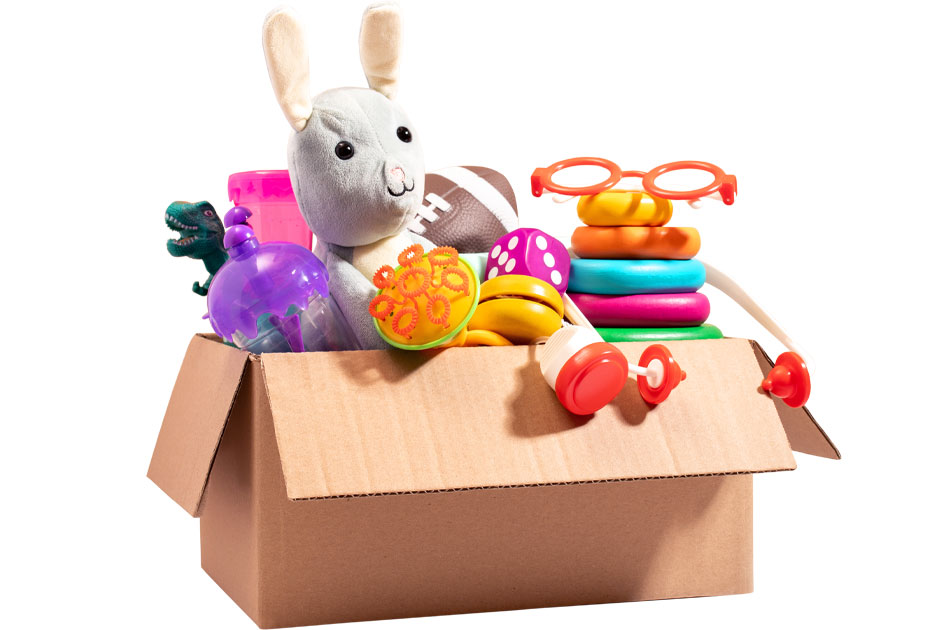“What if?” the worrisome words, arrive constantly in the spinning topics of our minds, from safety and financial security, to loved ones and pet health. Asking, “What can I do?” leads to a proactive decision to invest time in the ultimate insurance policy—valuable life skills comprising security, shelter, food, water, and medical care! In any emergency, from extreme weather to a personal disaster, you have the power to take charge of your fate by making plans and taking action!
Who thought a girl’s lessons in braiding, bracelet making, or string games would lead to an essential life skill- creating knots and rope work? As children, we practiced our craft by meticulously looking at correct lines, a weaving’s tautness, and overall durability.
In adulthood, the knack of knotting rope continues as a space saver, survival situation, or tool for working over heights. Sometimes the knot holds, and other times, it doesn’t. There are several thousands knots in existence and an infinite number of variations. Whether you are a beginner or expert, everyone can find a purpose in the art of knot tying!
A Vocabulary Lesson
Becoming familiar with ropemaking vocabulary helps a learner read, process, and understand procedures with ease.
- The working end is the end of the rope that you will use to wrap, tie, or create the knot.
- A knot is a fastening made by intertwining one or more ropes with some form of flexible material. After tightening, the knot will hold a substantial amount of weight, such as a bucket of water.
- A hitch includes another object, such as another rope or ring, post, or stick, which will hold an object in place or slide.
- A lashing involves a rope to secure two or more objects together, such as creating a ladder using rope and wood pieces or tying two sticks together to make a cross.
- A bight is a curved section or slack part between the two ends of a rope.
Only the Best, Versatile Rope
Airborne units use paracord to create tools, harnesses, for tying down equipment, and securing nets. Made from nylon kernmantle, it is optimal for tensile strength without breaking, ensuring the user has durability and flexibility!
Types of Essential Knots
YouTube offers how-to videos for those wanting a tutorial in knot-work. Additionally, The Ultimate Encyclopedia of Knots and Ropework by Geoffrey Budworth is just one of many books that illustrate each step alongside well-written instructions.
The Shoelace Knot: One of the first knots you learned as a child is the reef knot, which eventually loosens. To strengthen, consider a double knot by tying the two loops together.
The Square Knot makes a rope longer and more secure.
Instructions: Lap one rope right over left, then underneath the other, and tie again in the reverse direction—left over right and then underneath. The result is that the working and standing end are side-by-side.
The Bowline offers a non-slip loop at the end of a rope.
Instructions: Form a loop, termed a rabbit hole, take the long working end up through the hole, around the object, and back down. As the knot slips, it will tighten.
Trucker’s Hitch is applicable for heavy objects or loads requiring a need for a tie-down or hitch.
Instructions: Begin with making a lower-case letter “g,” then, move the rope in the opposite direction, back, to create a loop, which will go through the loop at the top. Pulling creates a knot and a loop. Take the hanging rope and pull it through the available loop.
Clove Hitch: A powerful, strong knot that can secure a line to a tree or post quickly.
Instructions: Make a loop around a pole to form an “x.” Then, take the rope under the rod and up through the second loop. To increase the strength, consider the “Round Turn and Two Half Hitches” by starting with two loops around the pole; instead of just one.
Add knots and ropemaking to your repertoire of essential life skills. With practice, you’ll discover effective braids, hitches, slings, and knots that you can apply in your daily life!
Next Month: Resolving Warmth



















